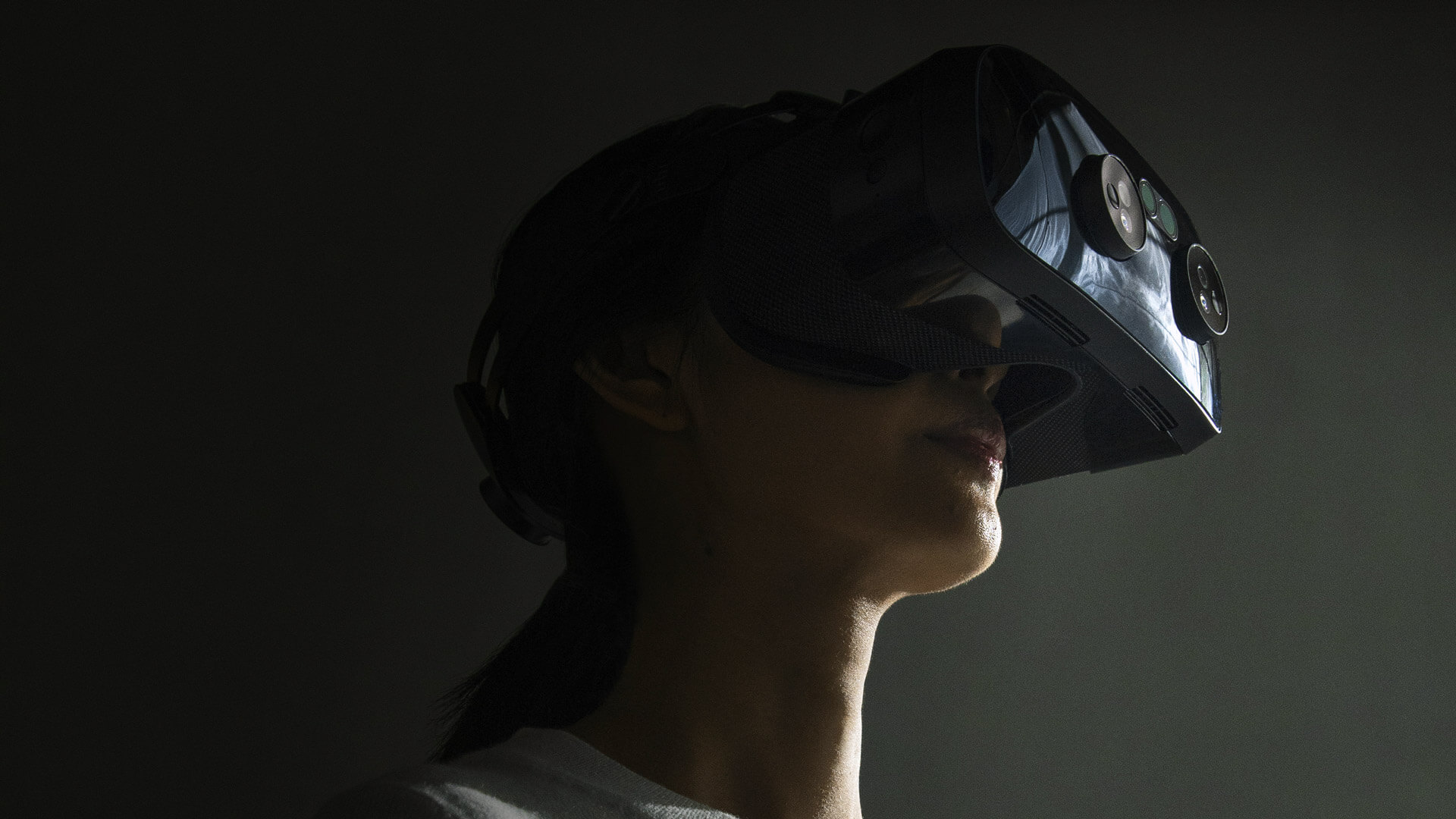Insights From The Blog
Can VR and AI End Tortuous Animal Testing?
No one would deny that test new products or surgical procedures on animals is cruel and promotes suffering, but the unfortunate fact is that any product or medical operation that is destined for human use has to be deemed safe, and that generally means testing on live tissue.
Animal testing, often recognised as the practice of using animals like mice, rats, and guinea pigs for the purpose of conducting research on humans, has been practised for many decades. In the course of testing, animals are subjected to conditions that are frequently inhumane so that the researchers can evaluate the outcomes. The medical and pharmaceutical industries make up the bulk of animal testing and experimentation. This raises some interesting – and horrifying – statistics.
- Worldwide, over 110 million animals are used in experiments every year globally.
- Around 90% of chemical and medical products tested on animals ultimately fail human clinical trials.
- It takes 12,000 animals and fifty different experiments to pass just one single medicine or pesticide.
- Some experiments on animals include impregnating females just to run tests on their foetuses.
The two primary types of animal experimentation that are carried out by industry today are known as field studies and clinical trials. Field studies allow researchers to observe an animal under different conditions in order to learn more about the species, while clinical trials are most commonly carried out in laboratories or universities and focus on using animals as a medium for the trial-and-error process of clinical investigation. While field studies are usually non-invasive, clinical studies generally end with the death of the subject. In the modern 21st century, most would agree that this is unacceptable, but is there any credible alternative?
Because mice and rats are so astoundingly similar to humans in terms of their behavioural, biology, and genetic traits, they are used in a disproportionately large number of animal tests, and it is currently difficult to replicate those tests in any other way. However, there is a growing possibility that VR and AI could come to their rescue, and drastically reduce the burden on living creatures to help validate new medical developments. The work on this is approaching the problem from two very different angles.
There is a lot of work going on with helping humans develop a much greater empathy with animals by delivering virtual experiences that help users start to understand what it might be like to be captive and experimented on? Sounds horrific? Well, that’s the major part of the point of Abduction – a VR experience created by Prosper XR for the American anti-cruelty organisation, Peta. Abduction puts the user in a position of having been abducted by an advanced alien race and subject to all manner of horrific experiments, for no apparent reason, mirroring the experiences of test animals. By using VR to put people in the position of an animal being subject to tests, Peta hope to create a growing mindset of empathy and help demonise the practices that are being carried out in laboratories throughout the world.

But technology of this nature can do much more than just alter mindsets; it can be used to help carry out certain tests too, and help relieve a lot of animal suffering. To this end, the Swiss pharmaceutical business Debiopharm has been concentrating on human-based drug research powered by machine learning since the beginning of 2022, and in order to accomplish this, VeriSIM Life developed the artificial intelligence system known as “BIOiSIM.” Because a digital twin of a human precisely illustrates how medications behave in the body when they are administered via the skin, orally, or as an injection, the necessity to do tests on animals to identify the same effects is drastically reduced. The sophisticated AI system simulates drug interactions throughout the body at a rate of one tenth of a second, which enables it to generate essential drug information such as organ toxicity or drug metabolism. The system is able to make predictions in a matter of seconds using this method, all without the use of animal testing. But there are other ways in which technology of this nature can help. A few years ago, the University of Chicago Hospital switched to using virtual reality rather than animals for medical tests. Using the use of virtual reality, for instance, surgical training procedures were carried out on VR headsets rather than on actual pigs for training purposes. This has developed into an increasingly workable process.
Using this technology, medical students have the ability to practise conventional procedures on human anatomy in virtual reality as frequently as they desire, which is beneficial to humans since it allows pupils to create routines. The amount of supervision that must be provided is cut back, and as a result, pupils develop their sense of self-confidence and become more comfortable with the idea of carrying out actual operations. Researchers in the field of market research have predicted that there is a possibility for virtual reality in medicine to become a market worth one billion dollars.
At this stage in human development, it is becoming increasingly difficult to justify the use of live animals in medical and pharmaceutical testing, and the need to identify non-invasive alternatives has never been greater. The current advances in VR look promising, and can only become more powerful as the technology matures, and if that doesn’t help save animal lives, we could all plug into Abduction for a couple of hours and understand the horror that we inflict on animals to change our minds.